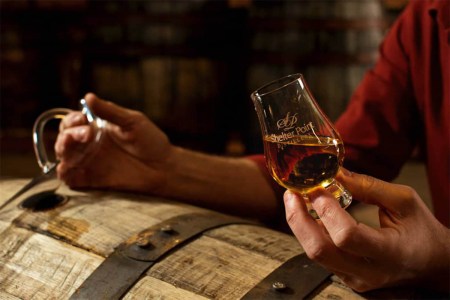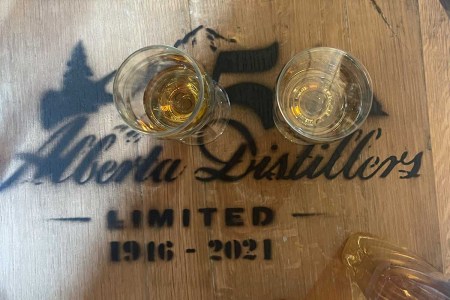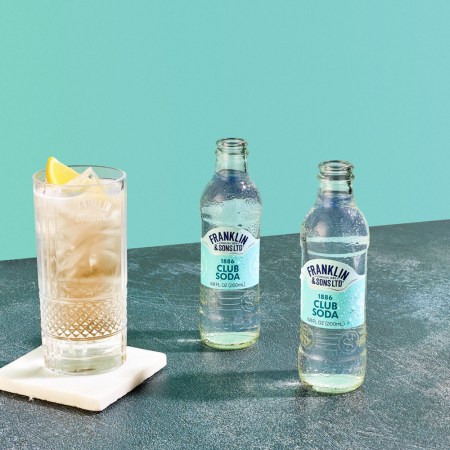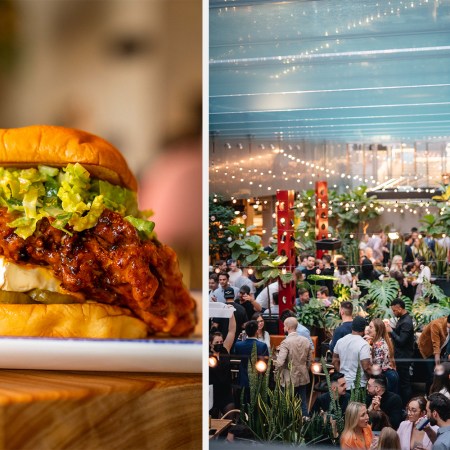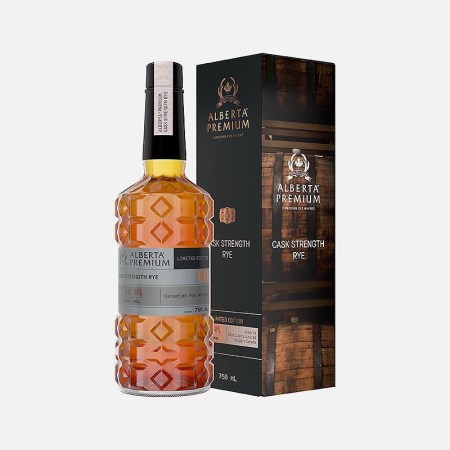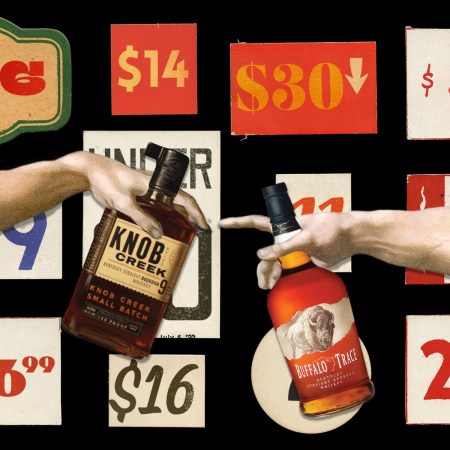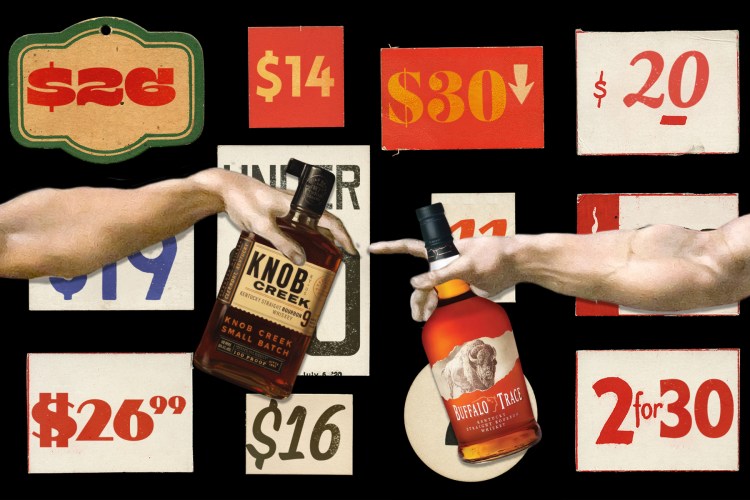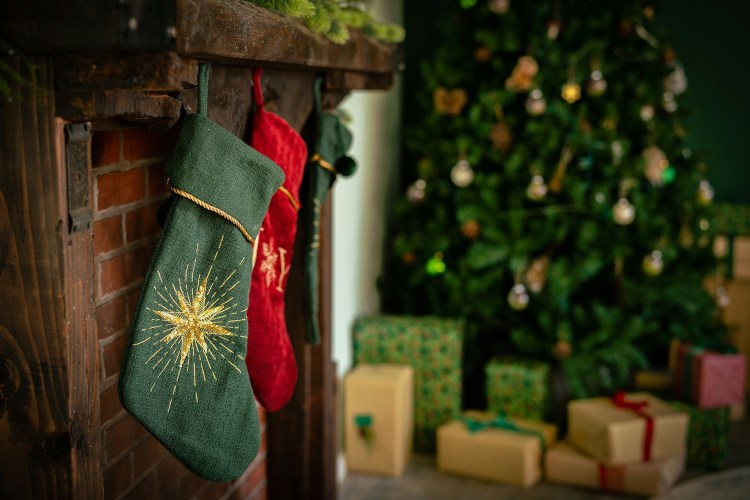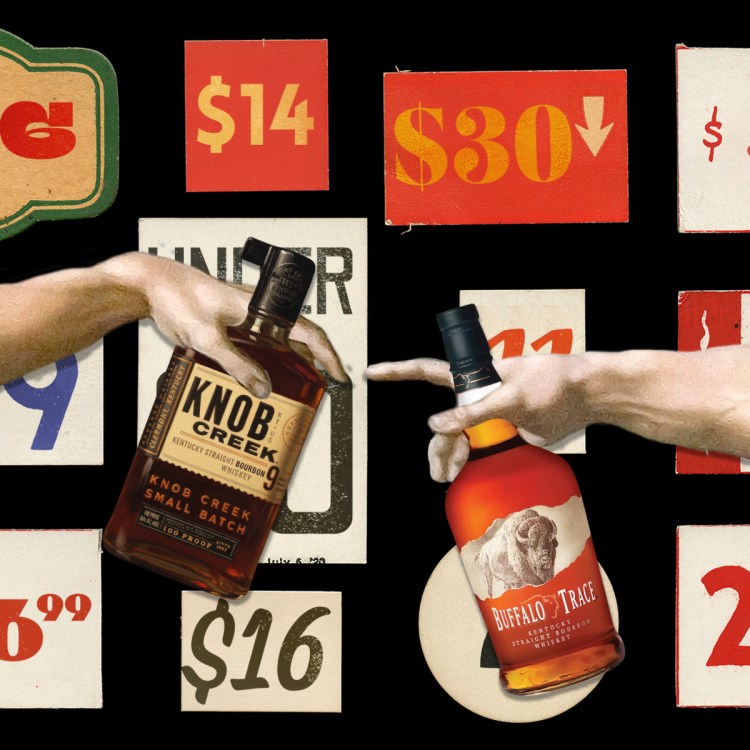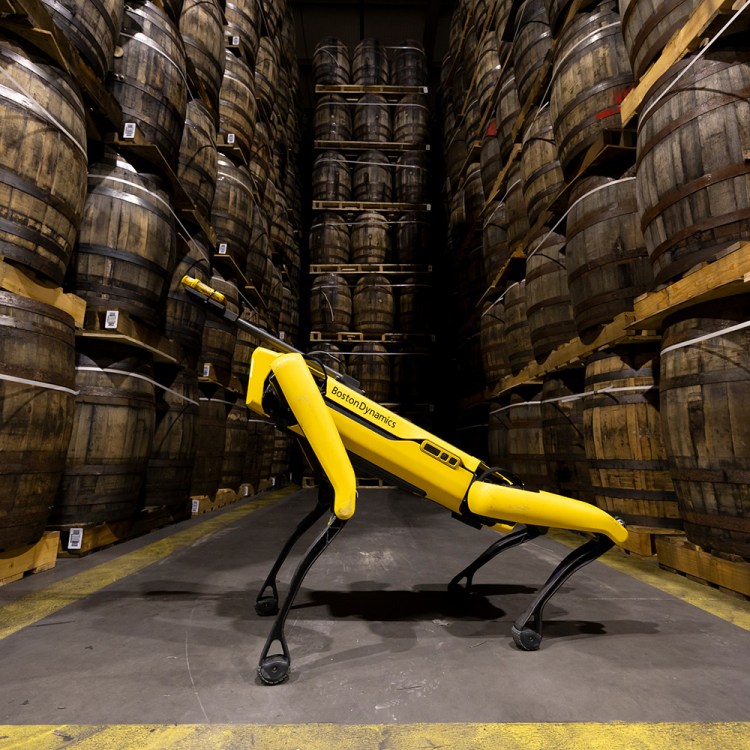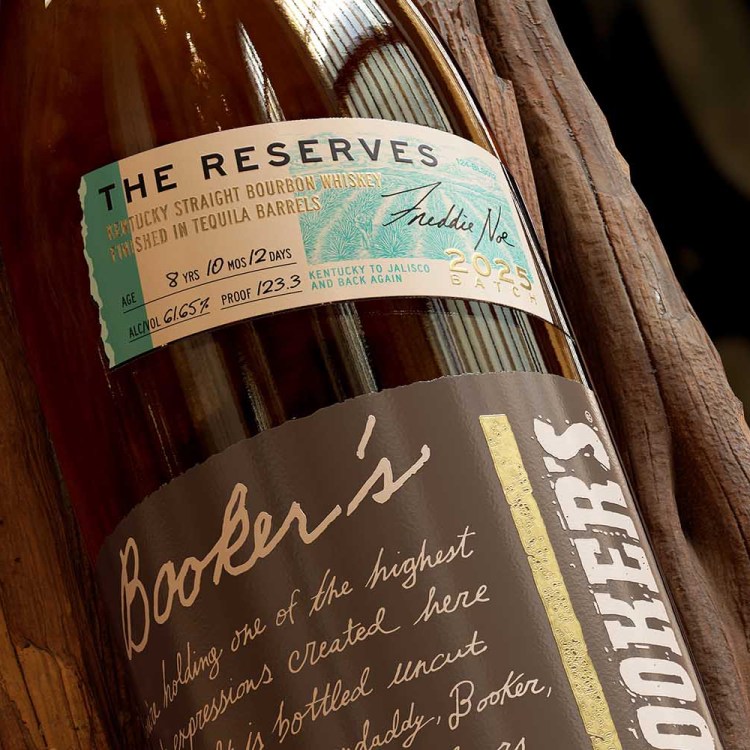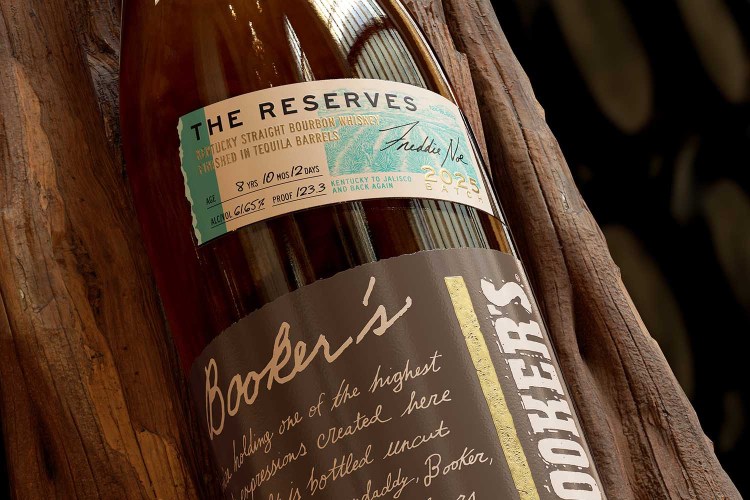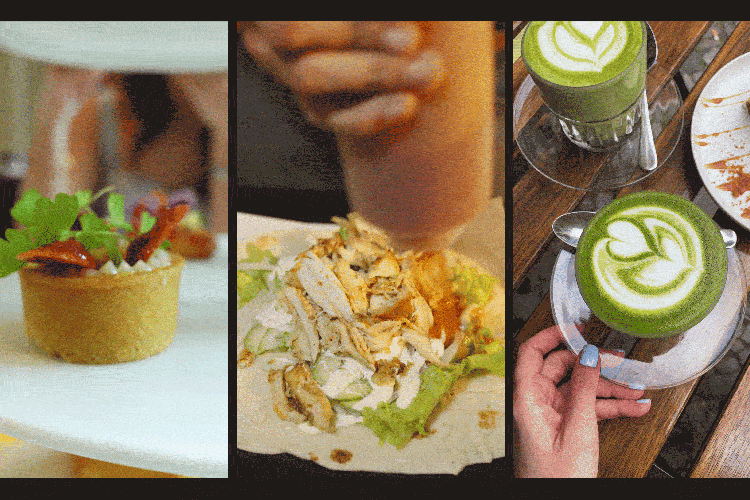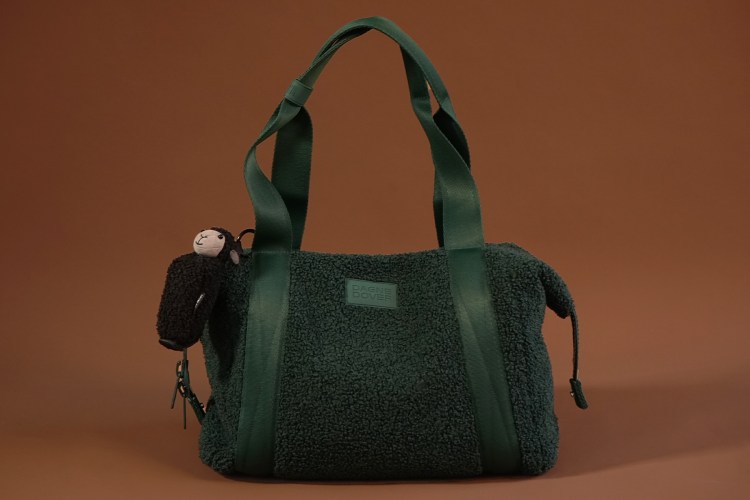When it comes to whisky, everyone seems to have an opinion. Most people can agree that whether you prefer Scottish whisky or American bourbon, they are vastly different liquids. But there are more similarities than you think. They may have been distilled, rested and bottled in different countries, but there’s a good chance the grain used to make both liquids came from the same place: Canada, the third largest grain supplier in the world and the second largest malted barley producer.
But Canada is often overlooked for their contribution to the spirits world. The province of Alberta is referred to as North America’s grain basket, with similar crops grown in Saskatchewan, British Columbia, Ontario, Quebec and Nova Scotia. The majority of the cereal crops go towards industrial and commercial purposes like fuel and animal feed, but the rest heavily contribute towards Canada’s historic place in spirits production since the 1800s. Whether exported as grain or distillate, Canada’s prolific crop capacity fed into the rich history of global whisky, with the United States and Scotland as two of the largest beneficiaries.
With impending tariffs on exports and heightened interest in the production process, Canada’s historical place in the market has never been more relevant. Factor in a Canadian boom in craft and artisanal whisky production, all using locally-sourced wheat varieties, and Canada is clearly on the brink of a cultural whisky revolution.
What Is Canadian Whisky?
Just like any other spirit, Canadian whisky has a distinct flavor profile. But unlike other whiskies, it was initially made with the sole purpose of not competing with bourbon. While Canadian whisky is sometimes referred to as rye whisky, it was originally made with wheat by local millers who had easy access to excess grain. At some point, rye was added for flavor, followed soon after by corn.
Any whisky made with corn was brought in from America for the express purpose of blending, explains Davin de Kergommeaux, the second-ever Canadian inducted into the Whisky Hall of Fame and an expert and authority on all things Canadian whisky. “Driving across the Ontario corn belt today, you would never suspect that these hardy varieties of corn were not even developed until the 1950s,” he says. “Before that, when corn was used for whisky-making, it was imported from the U.S.”
For Canada Day, a Politely Passionate Defense of Canadian Whisky
North of the border they’re a little more creative with brown spiritsWho and What Put Canadian Whisky on the Map?
“Historically, the Canadian spirits houses were global leaders in the industry,” says Scott Coburn, master distiller, CMO and VP for Park Distillery in Banff. “Seagrams, Hiram Walker and Alberta Distillers were among the best spirits producers in the world. Recently, the industry has gone through a period of consolidation and globalization.”
While a blended corn-based spirit with rye has been the norm for the past 150 years, the question of terroir and location is hotly debated among whisky connoisseurs. There are plenty of restrictions for naming and aging whisky, yet the provenance of the grain itself is not always part of the discussion. Alberta’s rich soil and cool climate provide ideal growing conditions for high-quality grains, which are often exported but rarely discussed. “Alberta grows on average four to five times more barley than Scotland, and that’s just Alberta,” Parsons says. “Saskatchewan is a large grain producer, too.”
Scotland uses much of the malted barley grown in Canada, while many American distilleries source their grain and even some of their rye whisky directly from up north. “That is why the use of Scottish barley malt is not in the Single Malts strict definition,” Parsons says. “Their distilling industry has outgrown their agriculture industry for malted barley. We whisky makers barely scratch the surface. That’s why there are eight malt houses here, from some of the largest in North America (Rahr and Canada Malting) to the smallest.”
Many people believe Scottish settlers had a large hand in the earliest whisky production. But despite Canada’s close ties with Scotland, de Kergommeaux says it’s not necessarily the case. “When we think of whisky, we often think of Scotland,” he says. “However, Canadian whisky as a unique style was developed by immigrants from England and continental Europe, not Scots.”
What Does Canadian Whisky Taste Like?
“Very simply, Canadian whisky is known globally as being a high-quality, low-value commodity whisky that is smooth and approachable but challenged by not having the exciting profiles we see in Scottish, American or even Irish whisky,” says Bryce Parsons, CEO and distiller of True Wild Distilling in Calgary. “It’s the ultimate blending whisky.”
At times, there was more value in selling the grain as a commodity than distilling it, which means a small fraction of that grain and barley stays in the country. “The little amount used in Alberta goes to brewers, distillers mainly,” Parsons says. “Outside of Alberta, it’s the same. It would be rare to hear of a major brewer (both large and craft) and distiller (large and medium, including bourbon makers) that do not use Alberta grain/malt in some capacity.”
So why was corn introduced to the process? The simple answer is corn can produce more alcohol than wheat. But having even a bit of rye keeps things Canadian. “By adding even a small amount of rye-grain whisky, distillers can maintain that traditional and distinct Canadian whisky flavor,” de Kergommeaux says. “In the mid-20th century, whisky makers in the States decided their ‘straight rye’ had to be made from a mash of at least 51% rye grain. Today, as micro-distilleries spring up across Canada, many hope to revive the tradition of all-rye Canadian whisky. But it’s a tradition that exists more in the imagination than in reality. Canada’s early settlers grew rye grain as a stop-gap because they knew it thrived in poorly cultivated, recently broken soil.”
Meet the Canadian Distillery Behind the World’s Best Rye
If you don’t know the name Alberta Distillers, you’ve probably sampled their award-winning whisky. Here’s the secret behind their success.How Much Distilled Rye Whisky Is Exported and Where’s It Going?
Historically, most of the whisky made in Canada was sold as a commodity. To this day, the numbers are still astounding. “In 2023, Alberta’s beverage exports, including whisky, totaled $82.2 million, with whisky being the largest export in this sector at $61.9 million, highlighting Alberta’s reputation for premium rye whisky,” Parsons says. “A majority of Canadian/Albertan Whisky is shipped globally in rail cars all over the world to be packaged as other brands. These large distilleries may only have one-eighth of their volume sent out as their own brands.”
What Does This Mean for Trade?
The United States, in particular, has a longstanding relationship with importing and exporting Canadian goods, which has resulted in various loopholes and tax exemptions over the years — and legacy brands have made the most of those loopholes. Special laws like the “909” rule make spirits that contain 9.09% of an American spirit exempt from some taxes. According to Parsons, the rule was created to help offset costs when importing to the United States, but it is often misunderstood.
“To aid U.S. producers, American tax law provides financial incentives for foreign spirits that include some American-made spirits,” Parsons says. “For high-volume, bottom-shelf whiskies, this is a substantial tax break. For lower-volume whiskies, it is often not worth the effort. Thus, some Canadian whiskies made for the U.S. market include American spirits, even though the version of the same whisky made for the Canadian market and the rest of the world often will not.”

Any spirits added to Canadian whisky under this rule must have spent at least two years maturing in wood. In practice, these shortcuts are not nearly as prevalent today. “This is consistently used as a negative in Canadian whisky globally, however, with so many creative producers who want to make genuinely great products and are not interested in American tax loopholes made years ago,” Parsons says. “There are some benefits, however, like the unofficial subcategory now called 1/11 (9.09), which came from opening a door to experimentation. Maligne Range Tekarra makes a demerara rum parallel with every part of the whisky-making process and blends it in to add to its profile. It’s like finding a rum easter egg within the whisky.”
Not surprisingly, Canada’s whisky regulations are still considered to be some of the most flexible in the world. When the whisky was all about commodity production, that meant quantity first. Now, Coburn notes that Canadian distillers are more motivated to innovate. Canada may have plenty of grain, but importing the barrels is cost-prohibitive. Large production distilleries have money to invest, but the smaller craft distilleries struggle to compete, which can, conversely, lead to innovation.
“Canadian whisky has traditionally relied on used barrels, which helps mitigate these costs,” Cobun says. “Many craft distilleries are exploring alternative aging techniques, such as finishing whisky in unique casks (wine, sherry or port barrels) to add complexity without dramatically increasing expenses.”
The impact of the increase in barrel prices is massive and isn’t going down soon. “Ten years ago, it was $85; three years ago it was $155 to $200; now it’s $285 to $320 [USD per barrel],” Parsons says. “Our weaker dollar plays a factor as well, so add on 40% to all those prices.”
What Does the Future Hold for Canadian Whisky?
The new generation of small-batch distillers are going hyperlocal, from grains to botanicals, and intentionally seeking out big, bold flavors. “The industry is evolving with the rise of craft distilleries focusing on premiumization, unique grain blends and bold flavors,” Coburn says. “While the large distilleries in Canada continue to produce fine spirits, they are no longer Canadian-owned or controlled.”
Park City Distillers uses endemic types of grain like triticale, known for its high glucose level and smooth taste. “Small producers have an opportunity to make more exciting profiles and lead innovation of the next chapter of Canadian whisky,” Parsons adds.
This means educating the public about what’s available from local producers. “[Locals] are familiar with many of the available products, even in the face of the marketing dollars that go behind the international brands,” says Jeff Jamieson of Proof, one of Calgary’s up-and-coming cocktail bars. “We want to be teachers, not snobby experts. We like to focus on some of the fantastic products made right here in Alberta.”
To keep local and international visitors alike informed about local spirits, bar teams like those at Proof have to go above and beyond. How does education help guests order well? “By knowing about the products ourselves!” Jamieson says. “And always in a way that is approachable and not pretentious. Burwood Distillery, Eau Claire Distillery and the world-famous Alberta Premium (and its cask-strength version) are usually mentioned. I think people are looking for knowledgeable and professional staff who take cocktails and the ingredients that make them very seriously.”
Until then, small distillers are setting themselves apart by making great whisky. With climate change, Parsons says the opportunities for grain are only growing. For the bigger producers, he recommends Lot 40 100% Ryes and Alberta Springs 10 and special releases from Forty Creek. For smaller makers, Parsons recommends you try Maligne Range Tekarra, Anohka “This Is Not Whisky” and Grainhenge Rye.
No matter what happens, Canadian whisky is still pushing against industry norms. Hopefully, our current trade climate won’t hinder the industry’s innovative streak — or production of some exceptional liquid.
Every Thursday, our resident experts see to it that you’re up to date on the latest from the world of drinks. Trend reports, bottle reviews, cocktail recipes and more. Sign up for THE SPILL now.


